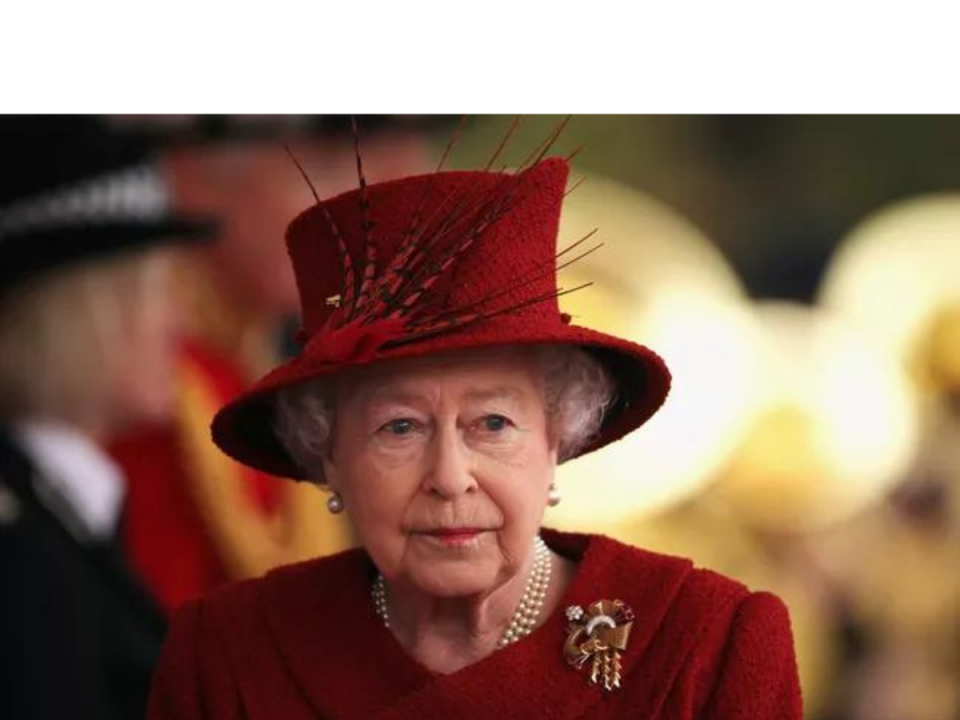Queen Elizabeth II, who passed away on September 8 at the age of 96 at Balmoral Castle in Scotland, is mourned by everyone around the globe.
Charles assumed the throne of England at the time of her passing. Before the fanfare and pageantry of his coronation, however, there is still much to be done.
According to royal biographer Penny Juror, who spoke to Town & Country, the queen’s passing was a “traumatic” event for Britain, and particular etiquette will now be followed because the entire nation is undergoing a change in leadership.
“The Queen is such a tremendously popular figure and during the course of her reign, so much has changed so dramatically. There’s not an aspect of life that hasn’t changed, but the one constant in the midst of this has been the Queen, the rock-solid thing we can hang on to.” Before Elizabeth died, the Juror stated.
Other reports claim that Buckingham Palace has elaborate arrangements in place for the succession and everything related to the queen’s burial, which has been given the code name “Operation London Bridge.”
A 12-day period of national mourning will be held in Britain as part of the immediate arrangements. Like the queen’s mother did in 2002, the monarch’s body will presumably rest in Westminster Hall so that people might pay their respects.
Several accounts claim that she will be buried at St. George’s Chapel at Windsor Castle and that the Archbishop of Canterbury would preside over the formal burial, which will take place at either Westminster Abbey or St. Paul’s Cathedral.
Prince Charles would be crowned king by default since he is the eldest son of the queen. “He has been preparing all his life. It should be reassuring that there will be a familiar face taking the queen’s place.” The Juror said. Even if that would provide some people some solace, the lack of a coronation schedule can make the public uneasy.
